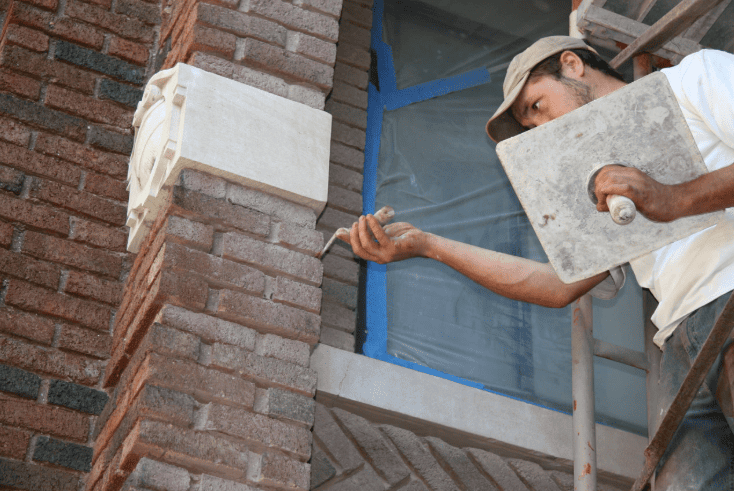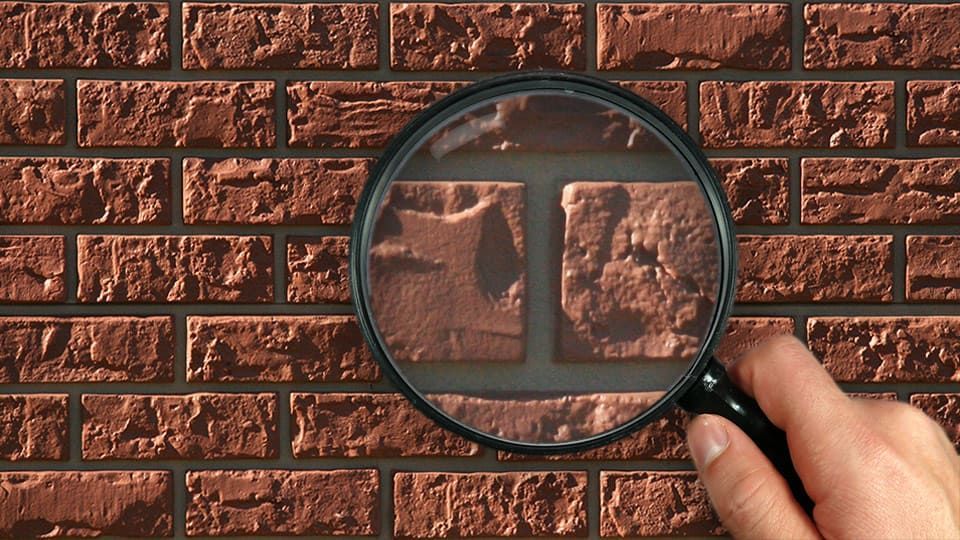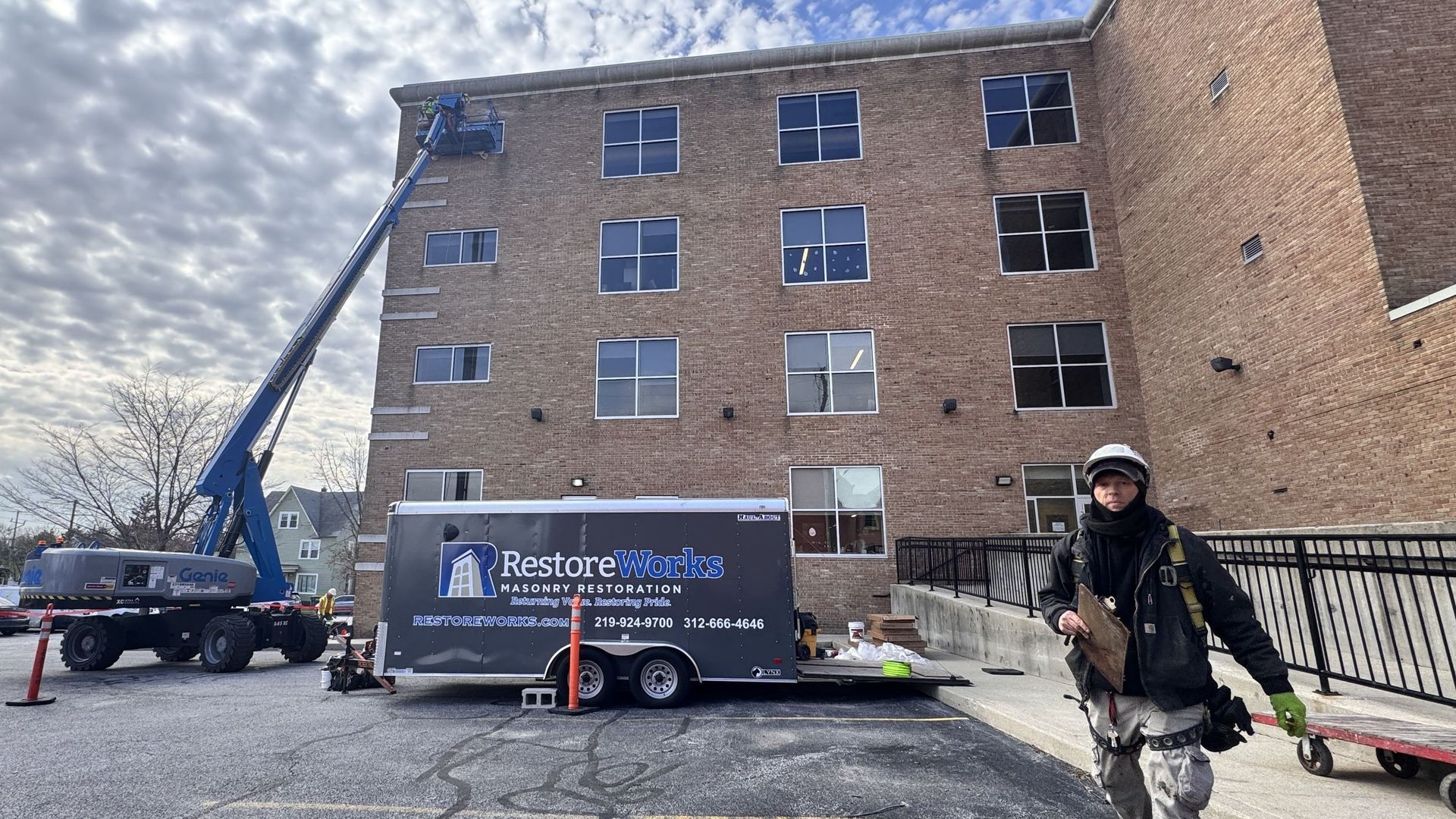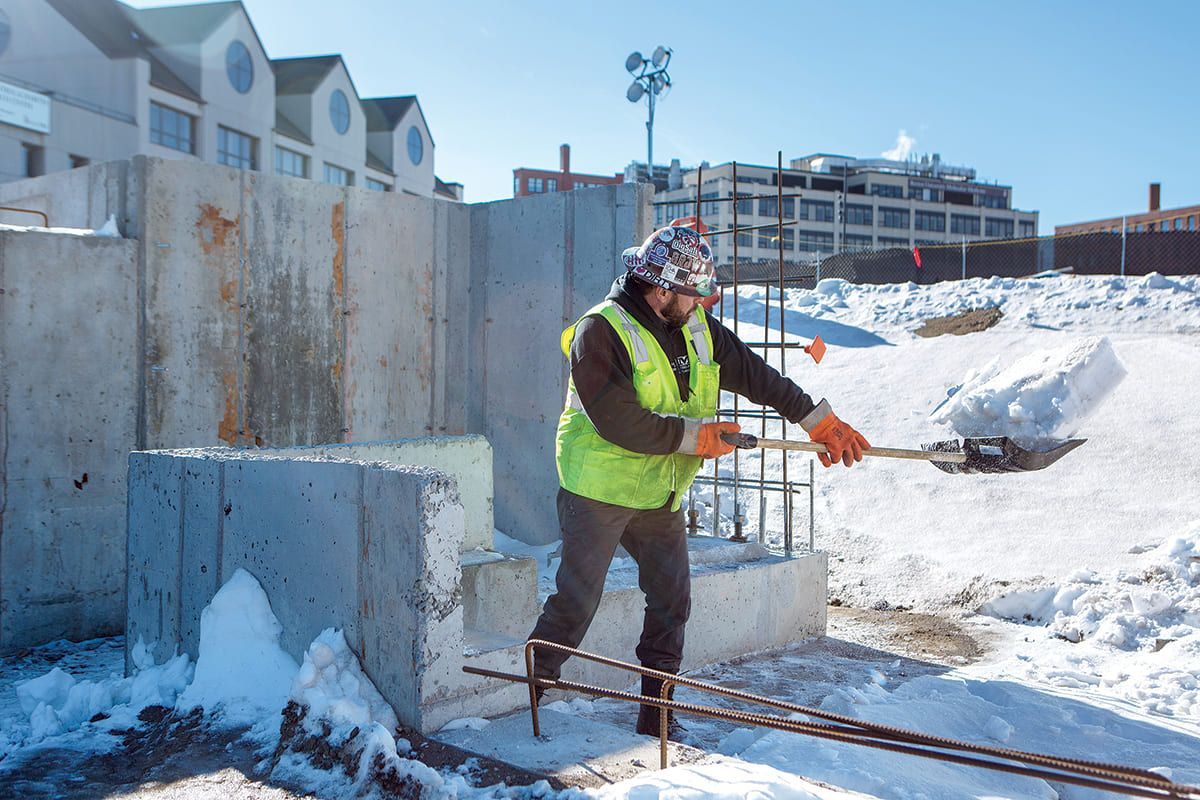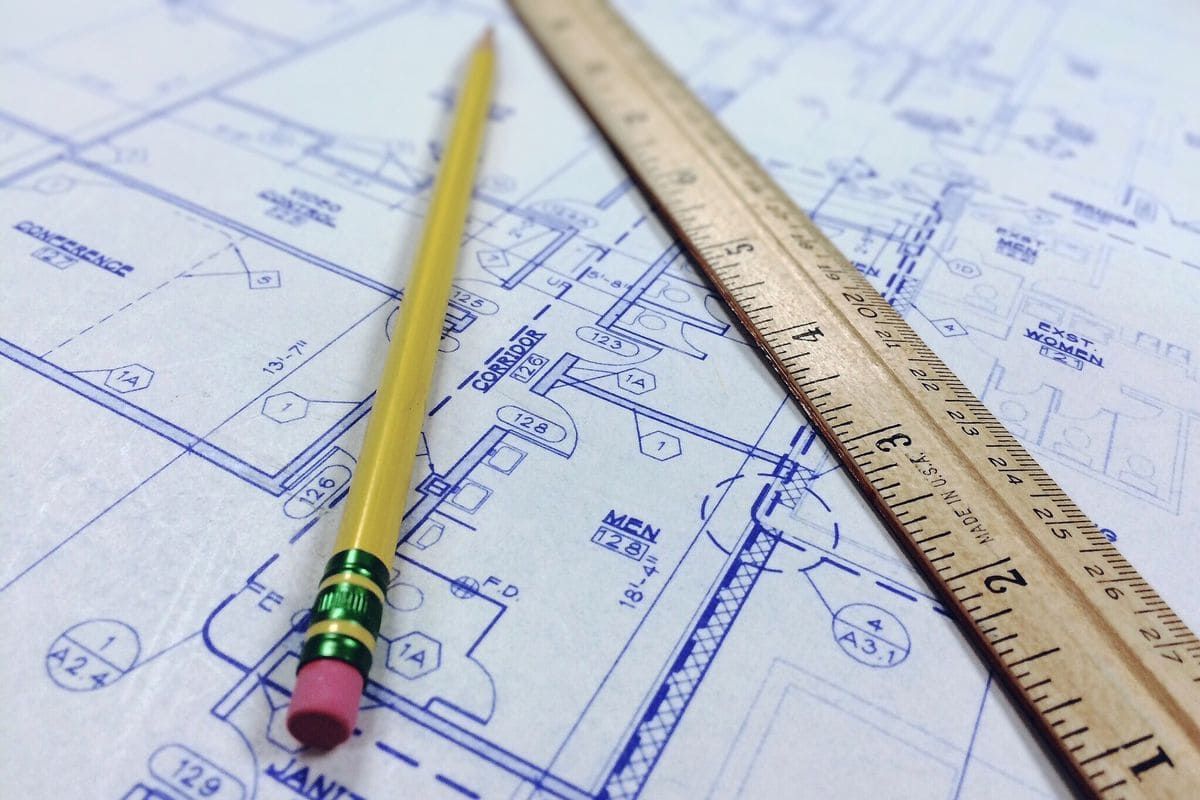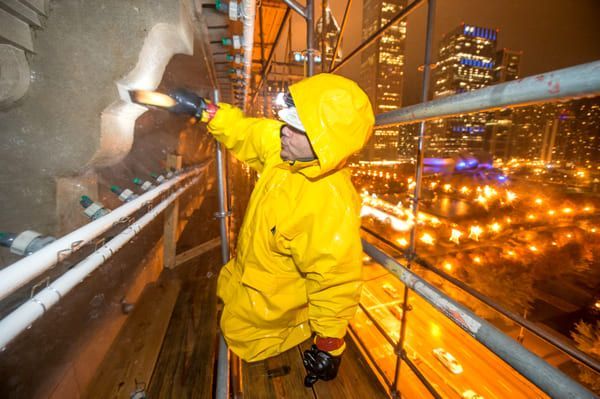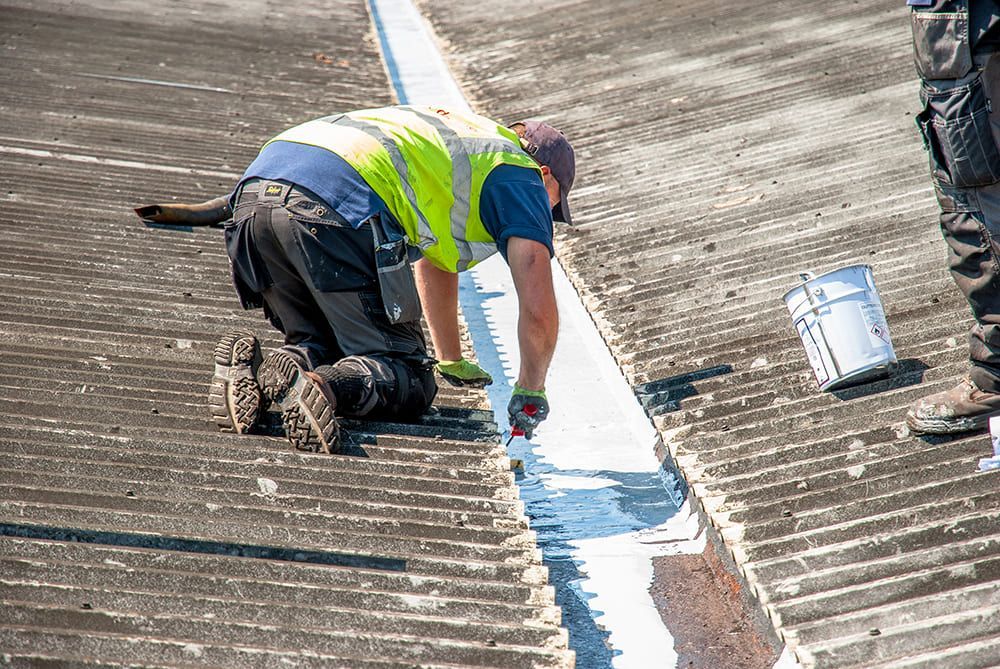As a property manager, ensuring the lifespan of your masonry buildings is a top priority. Over time, even the best-built masonry can show signs of wear, particularly in the mortar joints. Tuckpointing plays an important role in maintaining the structural integrity of your brick or stone buildings, but understanding when and why it’s necessary can save you time and resources.
We’ll get into the specifics of tuckpointing, its importance, and the signs that indicate it’s time to act.
What Is Tuckpointing?
Tuckpointing is the process of removing deteriorated mortar from masonry joints and replacing it with fresh mortar that matches the original in composition and appearance. This restoration technique is essential for maintaining both the structural stability and aesthetic value of masonry buildings.
Key benefits of tuckpointing include:
- Preventing moisture infiltration: Deteriorated mortar allows water to penetrate, leading to masonry lintel replacement, spalling, or even structural damage.
- Extending the life of masonry: Proper tuckpointing can add decades to the lifespan of brick or stone facades.
- Improving energy efficiency: Well-maintained mortar helps reduce drafts, enhancing insulation.
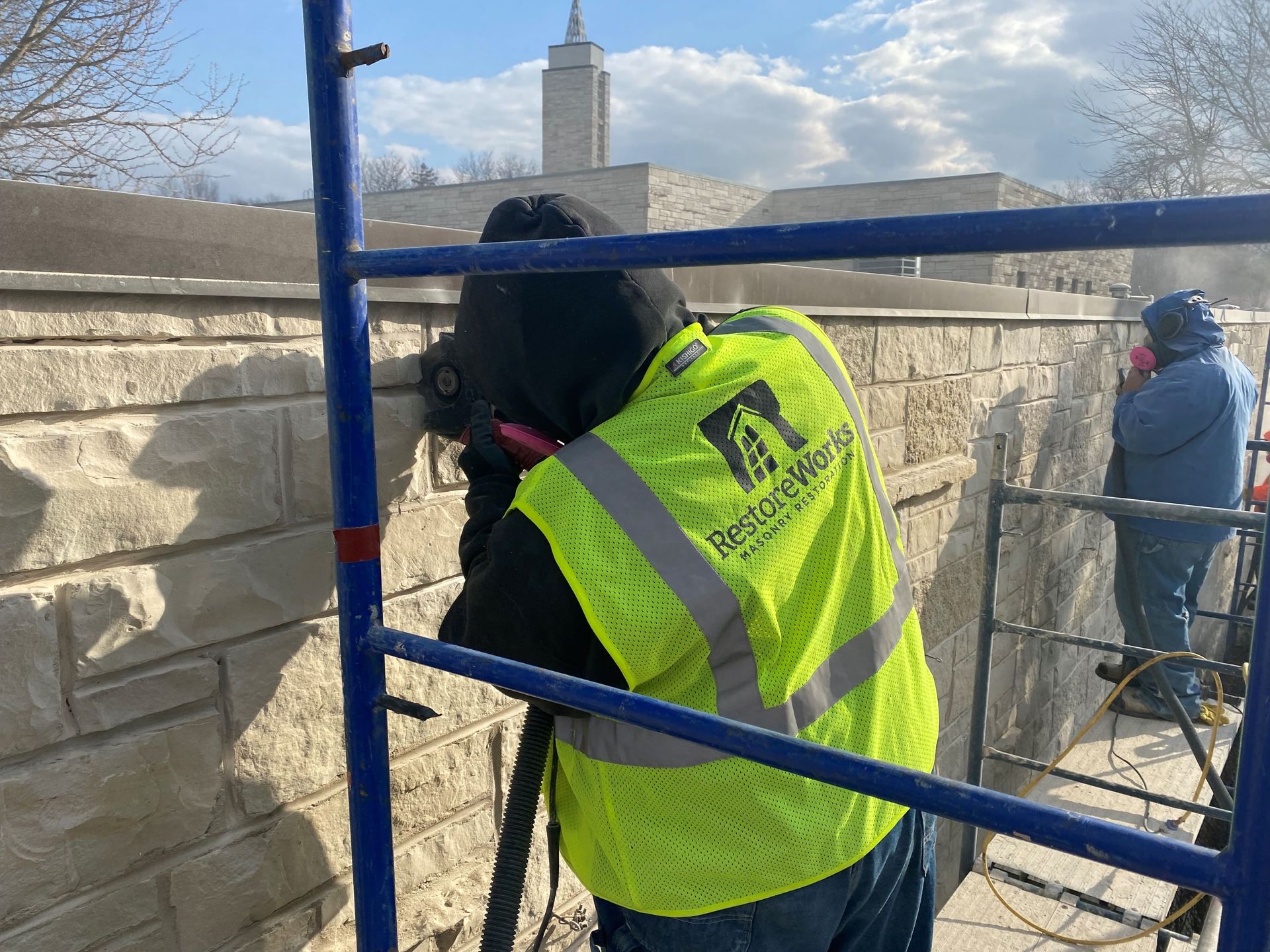
When Is Tuckpointing Necessary?
Knowing when to address deteriorating mortar is critical. Look for these common signs:
- Cracked or crumbling mortar: Over time, exposure to weather causes mortar to lose its binding properties.
- Water leakage or staining: Visible signs of moisture infiltration can indicate gaps in the mortar.
- Gaps between bricks or stones: These gaps compromise the structural integrity of the masonry.
- Efflorescence: The white, powdery residue often found on masonry surfaces is a sign of water absorption and evaporation, pointing to underlying mortar issues.
Ignoring these signs can lead to more extensive repairs, including concrete facade restoration or costly rebuilding of sections of your wall.
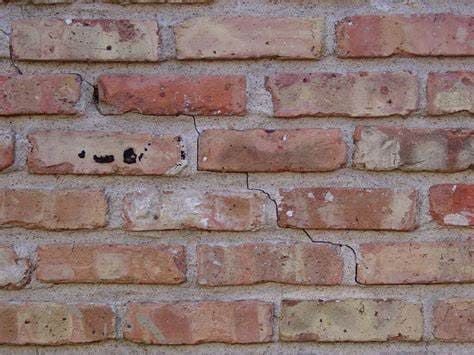
Why Tuckpointing Matters for Mortar Joints
Structural Integrity
Mortar joints are the first line of defense against environmental elements. Regular maintenance makes sure that the weight and stress on your masonry is evenly distributed. Without proper care, cracks in your mortar can lead to structural issues, requiring more invasive repairs.
Aesthetic Appeal
For historic buildings, tuckpointing can restore the original appearance of your building. Matching the mortar’s color and texture is essential to preserve the character of your property while maintaining compliance with restoration guidelines.
Cost Efficiency
Timely tuckpointing can prevent expensive structural repairs. The cost of repointing is significantly lower than rebuilding damaged masonry elements.
Key Factors to Consider in a Tuckpointing Project
- Material Compatibility: Make sure the replacement mortar matches the original in type and strength. Using incompatible mortar can accelerate deterioration.
- Weather Conditions: Tuckpointing should be performed in temperatures above freezing and with minimal rain to ensure proper curing.
- Qualified Contractors: Hiring experienced professionals guarantees a repair with a long lifespan. Working with a commercial masonry restoration contractor also means following the best practices and safety standards.
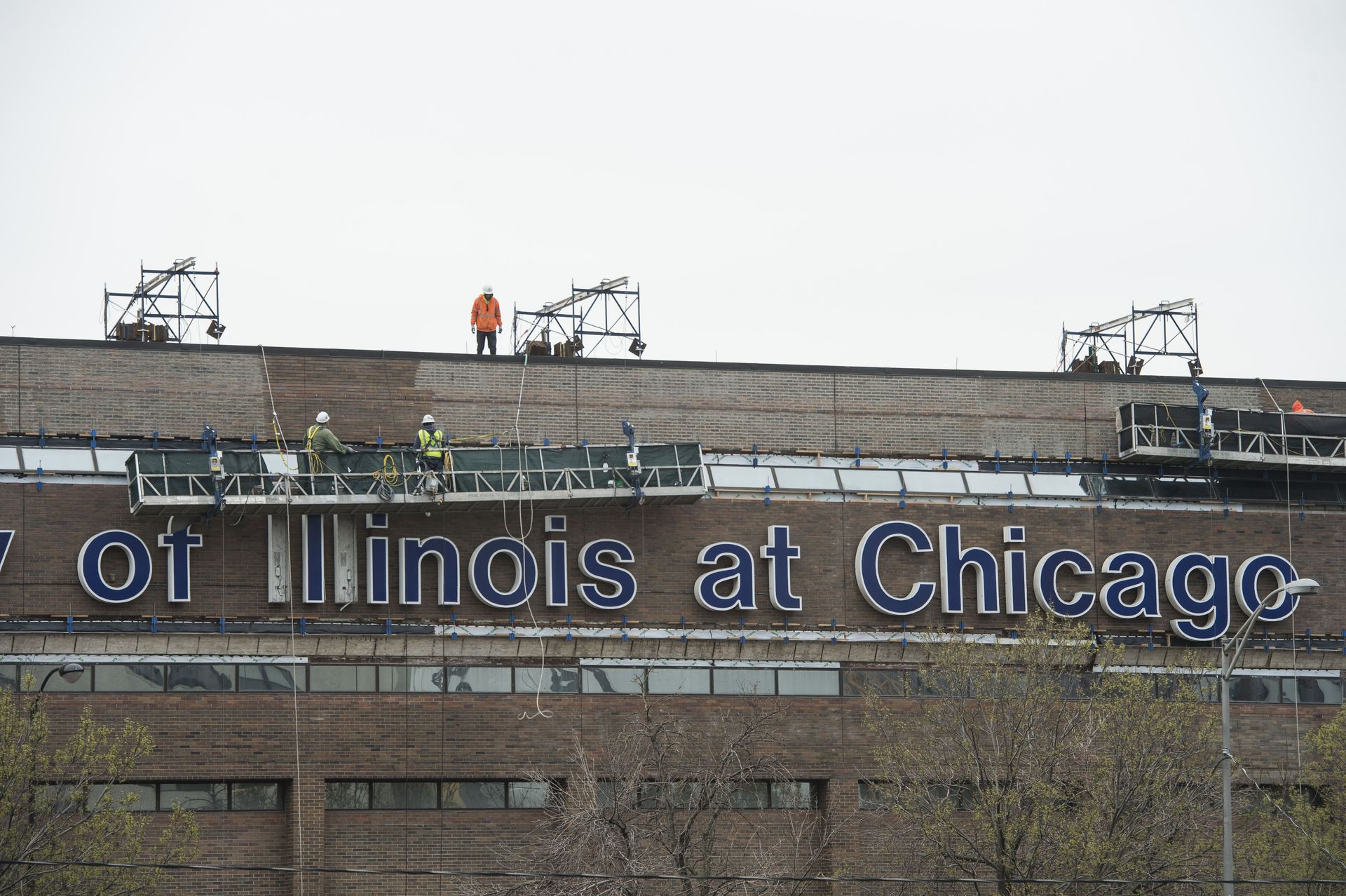
How Often Should Tuckpointing Be Done?
The frequency of tuckpointing depends on several factors, including the age of the structure, exposure to weather, and the quality of the original construction. As a rule of thumb:
- According to The Brick Industry Association, periodic inspections are recommended, preferably each season.
- Perform repairs promptly if damage is visible.
Concrete Construction states that near the end of its life cycle, mortar requires repair to prevent moisture and water infiltration from damaging your building’s interior. Acting quickly can protect your investment and reduce overall maintenance costs.
Trust the Experts at RestoreWorks
At RestoreWorks, we specialize in all aspects of masonry repair, including commercial masonry tuckpointing. With decades of experience serving property managers, engineers, and architects in the Chicagoland area, we understand the unique challenges of maintaining masonry structures. Whether you’re addressing minor mortar deterioration or planning a full concrete facade restoration, our team delivers results you can count on.
Contact us today to schedule a consultation or learn more about our masonry restoration services in Chicago. Let’s keep your building in top condition for years to come.

